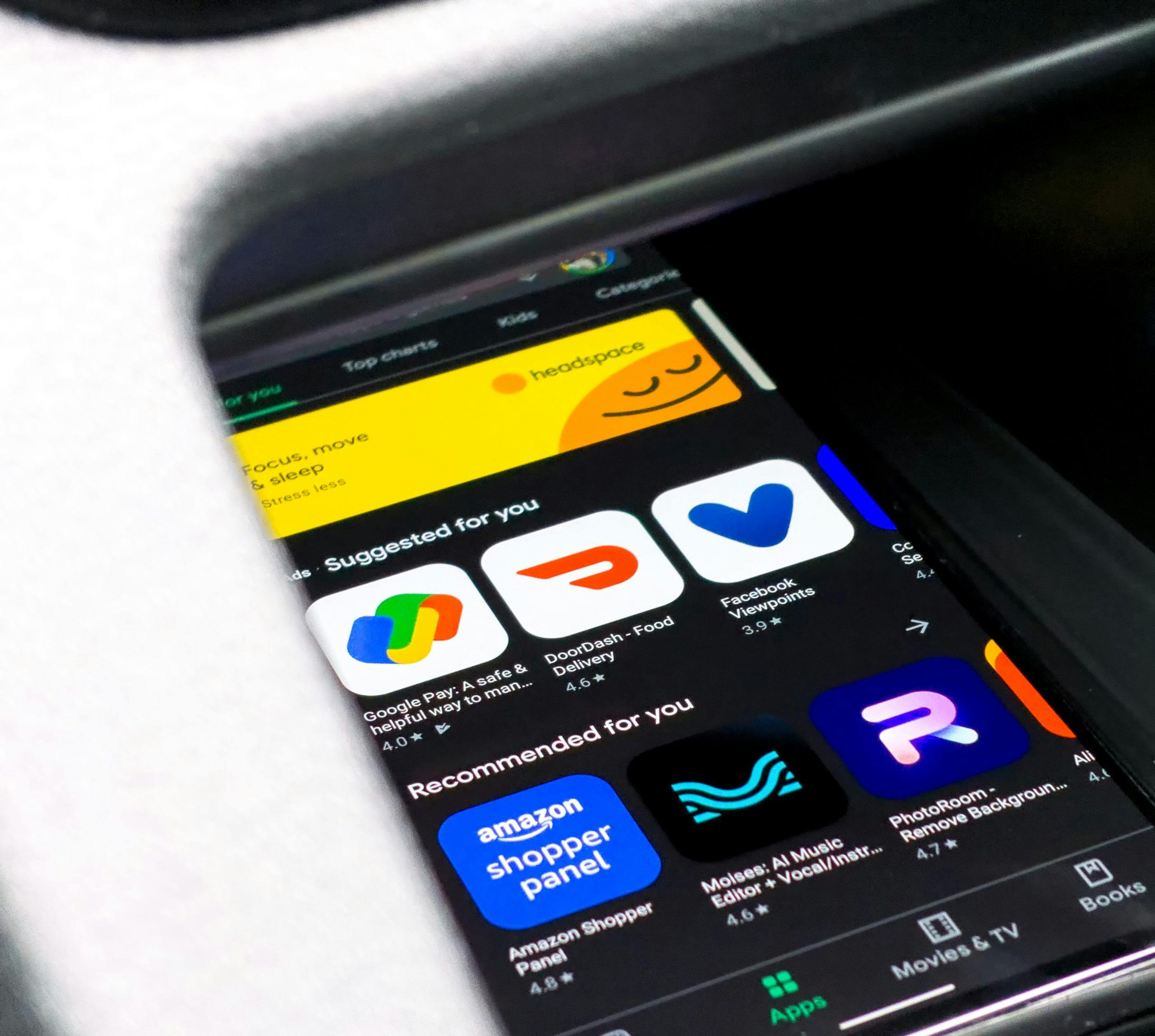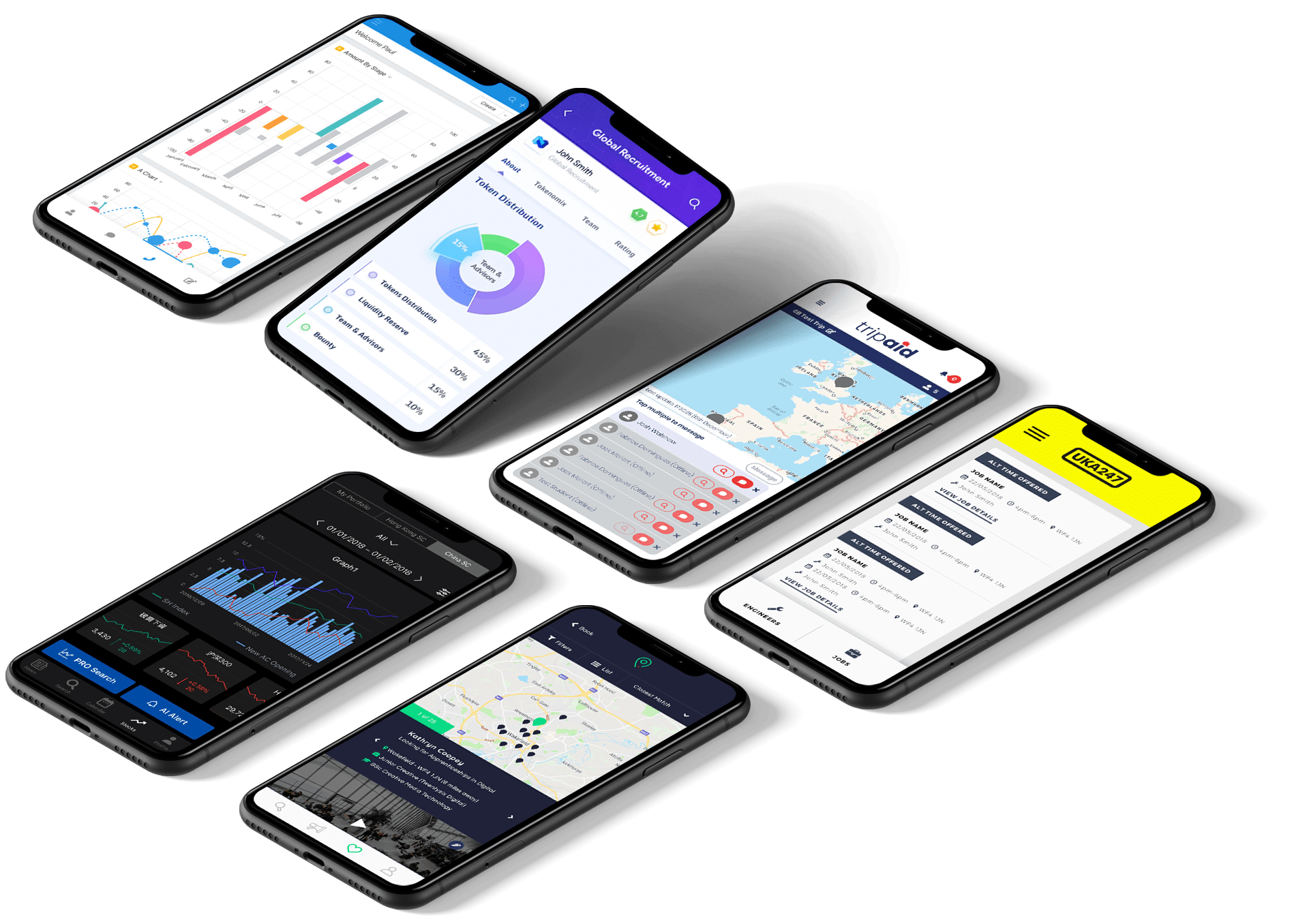Native vs hybrid mobile app – which is better?
As the influence of mobile apps continues to grow, it isn’t only big businesses who are splashing the cash on app development.
But why are more and more businesses choosing to invest in apps?
This isn’t a fad that business owners are jumping on in the fear of missing out (which used to be the case 10 or more years ago). Creating an app is essential to achieving sustainable growth in today’s economy.
When nearly everyone on the planet has a mobile phone in their pocket, is there any better way to communicate with customers than through an app?
Your app is a direct line to your customer base.
Whether it’s through push notifications, loyalty schemes or exclusive discount offers, an app allows your company to connect with customers on a more intimate level, deliver greater value, and boost your bottom line.
So – when choosing to create an app, should you go with a native or hybrid mobile app? What’s the difference?
Simply put, the principal difference is that hybrid apps are developed to work across all platforms, whereas native apps are developed for specific operating systems like iOS or Android.
Allow us to compare the two.


